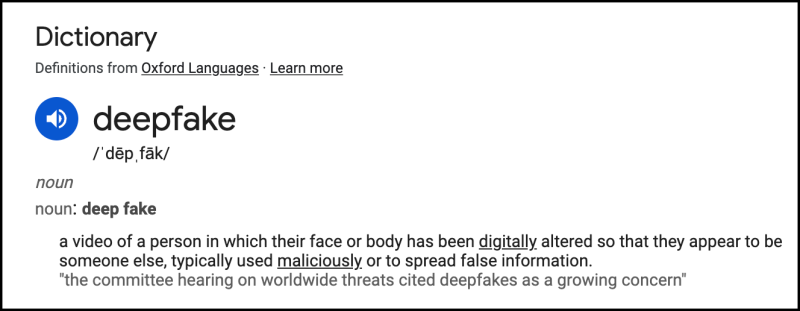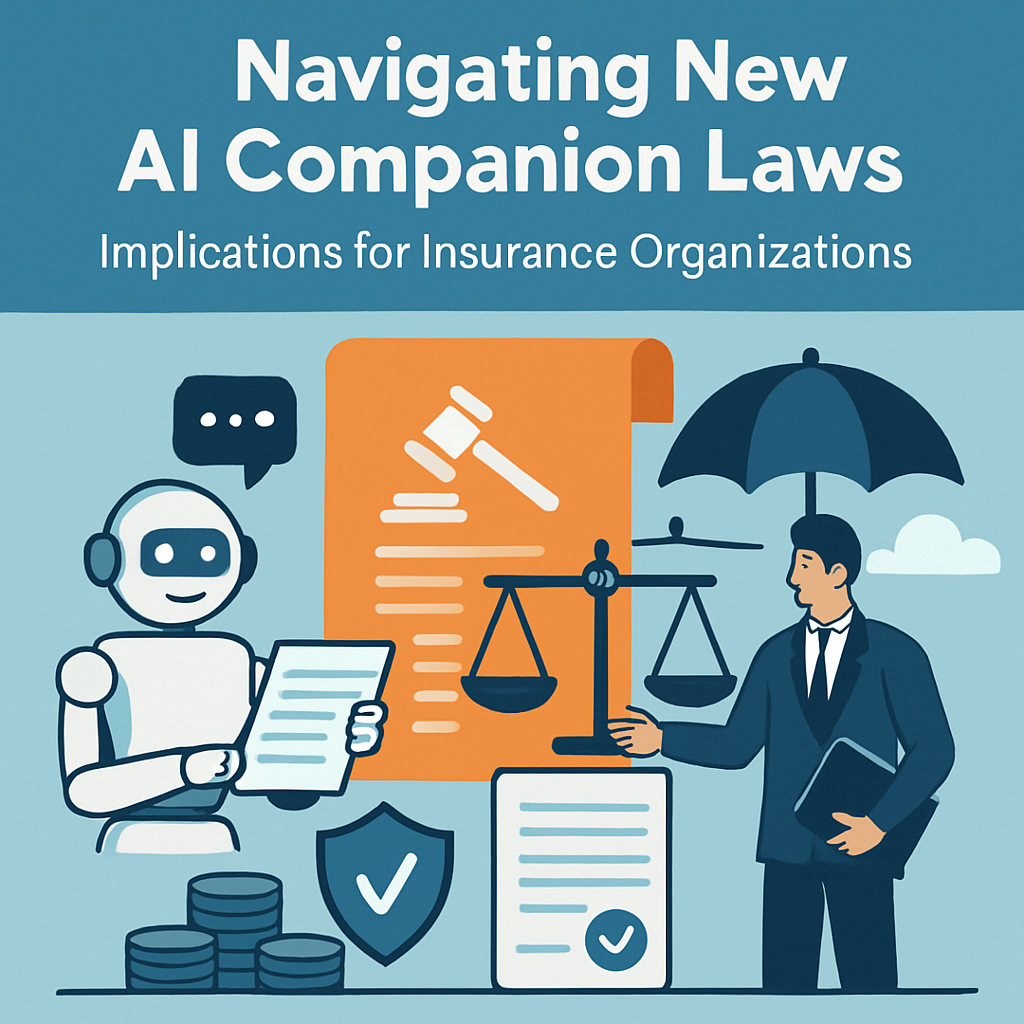3 min read
The Legal Risks of Using Generative AI
The Legal Risks of Using Generative AI by Olexandr Prokhorenko While generative AI tools offer immense benefits, they also come with legal...
2 min read
.jpg) Nicholas Lamparelli
:
Sep 7, 2025 7:24:26 PM
Nicholas Lamparelli
:
Sep 7, 2025 7:24:26 PM

 In insurance, we're used to assessing and managing risk. Just as we help clients understand complex insurance products, let's break down how AI image generation works in simple terms. You might be surprised to learn that it's less mysterious than you think.
In insurance, we're used to assessing and managing risk. Just as we help clients understand complex insurance products, let's break down how AI image generation works in simple terms. You might be surprised to learn that it's less mysterious than you think.
The Basic Concept: Finding Patterns in Chaos
Think of AI image generation like reviewing a messy claim file. Just as we sort through scattered documentation to piece together what happened, AI sorts through digital "noise" (random pixels) to create images. Here's how it works:
Step 1: Training Through Pattern Recognition
Imagine teaching a new claims adjuster how to spot fraud patterns. You start with clear examples and gradually introduce more complex cases. Similarly, AI learns by looking at millions of images and their corresponding descriptions. The system learns to recognize patterns, just like we do when reviewing claim histories.
Step 2: The De-noising Process
The AI's learning process is similar to solving a puzzle. It starts with a jumbled mess of pixels (think of a static-filled TV screen) and gradually cleans it up into a clear image. This process is called "de-noising," and it happens in stages:
A Practical Example
Let's say you want to generate an image of "a professional insurance office with a modern design." The AI doesn't just randomly create this image. Instead, it:
Why This Matters for Insurance
Understanding AI image generation is becoming increasingly relevant to our industry. Consider these applications:
The Human Element Remains Critical
Just as no automated system can completely replace human judgment in underwriting, AI image generation is a tool, not a replacement for human creativity. It requires human input (prompts) and oversight to produce useful results.
Addressing Common Concerns
Many insurance professionals worry that AI will replace human judgment and creativity. However, understanding how it works reveals its limitations:
Lamps 3:16
Rather than viewing AI as a threat, consider it as another tool in your professional toolkit. Just as we adopted computer-based risk modeling and digital claim processing, AI image generation is simply another technological advancement that can enhance our work—not replace our expertise.
Understanding this technology helps us:
Remember, AI image generation is fundamentally a pattern-recognition tool, much like the analytical processes we already use in insurance. By understanding its basic principles, we can better evaluate its potential benefits and limitations in our industry.
The key takeaway? AI image generation isn't magic—it's a systematic process of pattern recognition and refinement, much like many of the analytical tools we already use in insurance. Understanding this can help us approach AI with confidence rather than apprehension.

3 min read
The Legal Risks of Using Generative AI by Olexandr Prokhorenko While generative AI tools offer immense benefits, they also come with legal...

2 min read
Using AI To Catch AI – Risk & Robots S1E4: Nikos Vekiarides, CEO of Attestiv by Nicholas Lamparelli When conversations on AI happen, it...

2 min read
As insurance organizations eagerly adopt artificial intelligence (AI) technologies, recent regulatory developments in states like New York and...